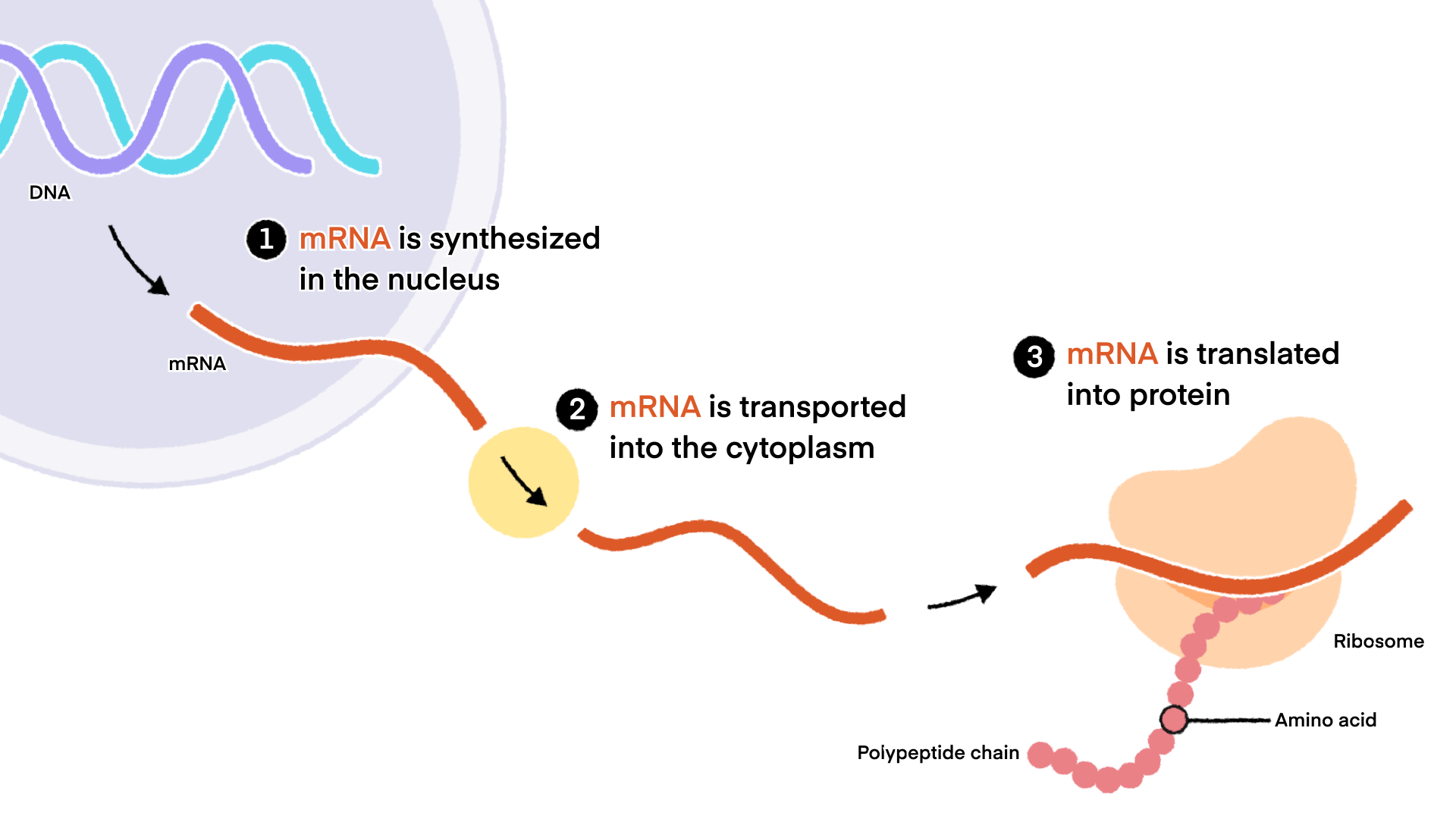Visual Science Communication Toolkit: Visual Strategies
Visual representations are essential to scientific practice, playing a role in conceptual understanding, knowledge generation, and the communication of discovery and change.
As scientists of tomorrow, undergraduate biology students need to develop the ability to create and interpret visual representations so they can make their thinking explicit when engaging with the scientific community. We responded to the need for visual science communication training in undergraduate life science education by creating a learning module laying out the best practices of visual science communication.
Visual Strategies
Learning objectives
In this module, students will watch two animations and complete a design activity to learn and apply the visual strategies that designers use to improve the effectiveness of communication pieces.
Describe how graphic design components and principles are used in communication design
Demonstrate the use of layout, color, and graphical elements by constructing a communication piece
Introduction: Visual Strategies
In this animation, we provide an overview of the strategies graphic designers use to create effective visuals.
Transcript
Source
Ware, C. (2008). Visual thinking: For design. Amsterdam: Morgan Kaufmann.
Case Study: Design Principles
In this animation, we’ll take a closer look at the design principles by constructing a scientific diagram.
Transcript
Source
Wong, B. (2015). Nature Collections: Visual Strategies for Biological Data. Nature.
Design Activity
Now that we've seen the visual strategies in action, we can construct a diagram of our own. Using the elements provided in the activity, design a communication piece that describes the following process:
The receptor Y is found in the cell membrane. The molecule X binds to the receptor. This triggers the release of proteins by an organelle in the cell.
Design Reflection
Have I designed my communication piece with the following considerations in mind?
Overarching goal and purpose of my piece
Scientific accuracy appropriate at the level of education of my audience
Needs of my target audience
Medium and venue of my piece
Directed and focused attention using appropriate layout, color, and graphical elements
Organized and structured information using graphic design principles (alignment, proximity, repetition, contrast)
Download Content
ANIMATIONS
Introduction: Visual Strategies - Animation (MP4) / Transcript (PDF) / Vimeo
Case Study: Design Principles - Animation (MP4) / Transcript (PDF) / Vimeo
Demo: Flowchart and Poster Design - Coming Soon
DESIGN ACTIVITY
Diagram of a molecular process - Web App




